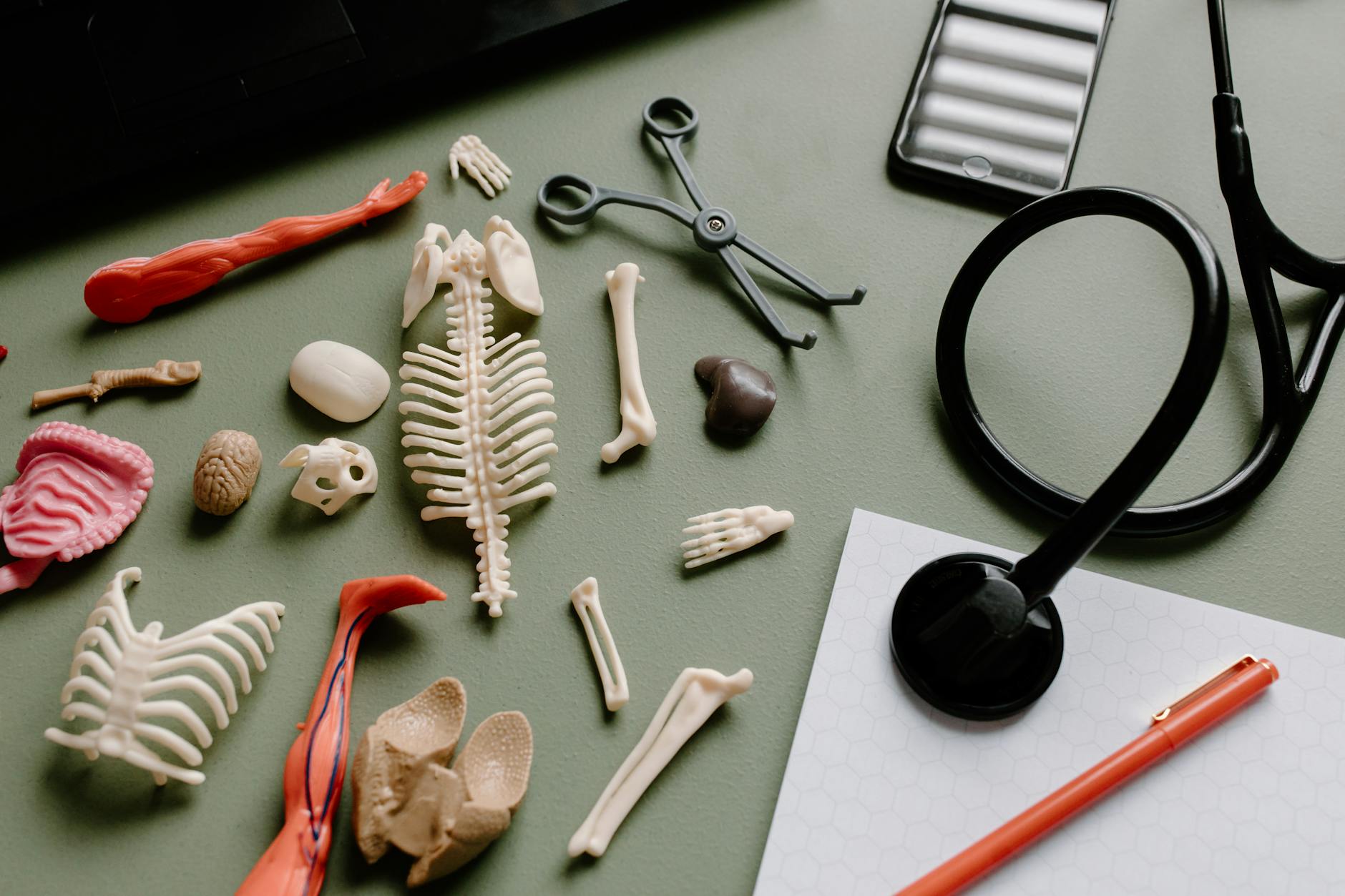Medical school debt is a staggering challenge for many future doctors. The prospect of earning a high salary in the medical field is enticing, but repaying loans can take decades if not managed wisely. On average, medical school graduates owe around $200,000, with many surpassing $300,000 in debt. But how long does it actually take to pay off medical school debt? Let's break it down with practical insights and strategies.

Photo by Tara Winstead
Average Time to Pay Off Medical School Debt
The time it takes to repay medical school debt depends on various factors, including your specialty, repayment plan, and income. Here's what the averages look like:
- Standard Repayment (Federal Loans): This plan spans 10 years but assumes you can make consistent monthly payments.
- Income-Driven Repayment Plans (IDR): These extend repayment to 20-25 years but are often necessary for those carrying high debt relative to income.
- Public Service Loan Forgiveness (PSLF): For doctors working in nonprofit or public organizations, loans can be forgiven in just 10 years if eligibility is met.
While these plans provide a starting point, your actual repayment period varies depending on how you approach managing the debt.
Factors That Impact Medical Debt Repayment Timelines
Specialization and Salary
Your medical specialty plays a direct role in how quickly you can repay loans. For example:
- Primary Care Physicians: These professionals make around $250,000 annually on average. Depending on their repayment strategy, it may take 10-15 years to pay off loans.
- Specialists (e.g., Surgeons, Anesthesiologists): Specialists often earn upwards of $400,000 annually, potentially allowing them to pay off loans in 7-10 years with disciplined planning.
The difference in annual income directly impacts the percentage of your salary you can dedicate to loan payments.
Residency Duration
During residency, income is typically capped at $60,000-$70,000 annually. Loans often go into forbearance, meaning you don’t have to make payments, but the balance continues accruing interest. This period can slow debt repayment, pushing the payoff timeline further.
- Making interest-only payments during this time can reduce the total balance post-residency.
Repayment Plan Selection
Choosing the right repayment plan can save years of payments. Here’s a quick recap of repayment plans:
- Standard 10-Year Plan: Best for those with manageable debt and a higher income immediately after residency.
- Income-Driven Plans (IDR): Great for those who need lower monthly payments but result in longer repayment timelines unless forgiveness programs apply.
- Refinancing: If you have a strong credit score and stable income, refinancing may lower interest rates, speeding up repayment.
Strategies to Pay Off Medical School Debt Faster
1. Public Service Loan Forgiveness (PSLF)
This federal program forgives loans after 120 monthly payments (10 years) while working full-time at a qualifying nonprofit or public organization. If you’re planning on becoming a clinician in a hospital or working in public health, this program can dramatically reduce repayment time.
Key Tip: Ensure all payments qualify by submitting the Employer Certification Form annually.
2. Refinancing to Lower Your Interest Rate
If you don’t plan on using PSLF or other federal loan perks, refinancing with a private lender might help. Look for:
- Lower interest rates than your current federal loans.
- Flexible repayment terms (7-15 years).
However, refinancing federal loans forfeits access to PSLF and income-driven repayment options, so weigh the pros and cons carefully.
3. Locum Tenens or Per Diem Work
Taking on extra shifts or locum tenens work can boost your income. Many doctors use these side gigs to make additional payments directly toward principal balances, shortening loan terms.
4. Budgeting for Aggressive Payments
Living frugally during residency and the early stages of your career can make a big difference. Funnel bonuses, tax refunds, or extra income towards student loans.
Simple example: Putting an extra $500 a month towards principal payments can shave years off repayment. Use an online loan calculator to see how much time and interest you’d save.
The Role of Interest in Extending Timeline
Interest can be a silent yet significant factor. For example, a loan balance of $200,000 at an interest rate of 6.8% grows by $13,600 in just one year. That’s why minimizing unpaid interest during residency and choosing a lower-interest repayment strategy is essential.
Even small actions, like paying $100 a month to cover accrued interest during residency, can save you tens of thousands over the lifetime of your loan.
What’s a Realistic Timeline?
While repayment plans provide rough timeframes, most doctors expect to pay off their loans within 10-20 years. The timeline depends on:
- How aggressively you pay during residency.
- Whether you pursue specialization and increase income.
- Leveraging forgiveness programs like PSLF or refinancing to save interest.
For those committed to fast repayment and disciplined spending, some pay off loans within 7-10 years. However, those relying on income-driven plans may take closer to 20-25 years, with forgiveness erasing remaining balances after consistent payments.
Conclusion: A Plan Makes All the Difference
Paying off medical school debt requires more than just time—it demands strategy. From choosing the right repayment plan to budgeting and side income, small decisions add up.
Start by evaluating your options. Look at PSLF if you work for nonprofits, consider refinancing if interest rates are too high, and explore strategies to make extra principal payments. It’s not just about how long it takes but also how much you can save by managing your repayment plan wisely. With focus and persistence, tackling medical school debt doesn’t have to feel like a lifelong burden.
